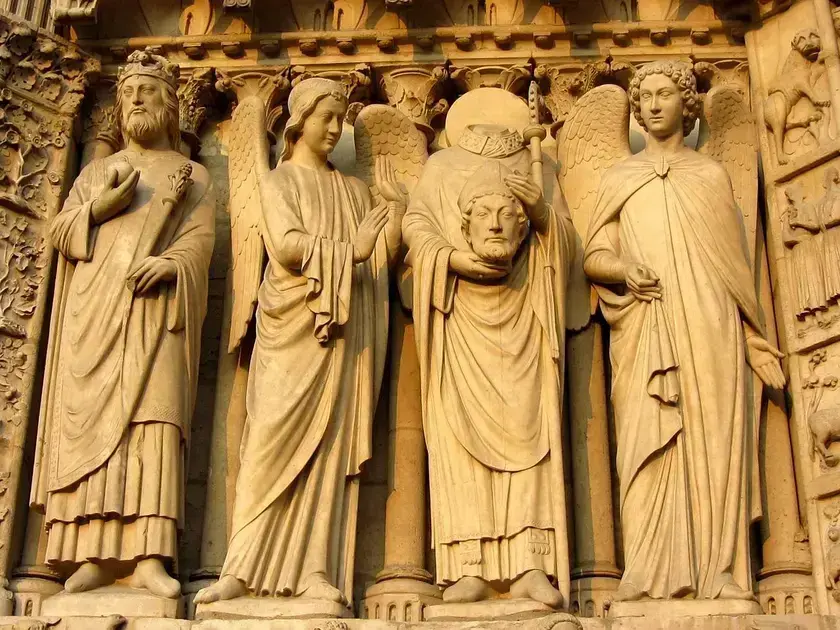Leitura: 7 minutos Unlock global art expertise without spending a dime: free online art history courses are rapidly transforming access to knowledge. In today’s hyper-competitive market, understanding the story behind masterpieces isn’t just for art lovers—it’s a strategic advantage for leaders, creatives, and professionals who want to sharpen their cultural insights and innovate. This article reveals how no-cost digital learning options are reshaping education, boosting market intelligence, and opening doors for anyone eyeing market share in the creative economy.
Why Free Online Art Courses Matter
Free online courses have democratized art history education, once limited to elite institutions. Today, platforms like Coursera, edX, and Khan Academy provide market-accessible content designed by top-tier universities.
- Zero cost removes barriers for both individuals and organizations.
- Flexible, on-demand learning management.
- Relevant case studies from global experts.
In practice, this radically improves workforce upskilling and broadens cultural intelligence across industries. The message for decision-makers: capitalize on open education for competitive edge.
Where do you see self-driven learning fitting into your strategy?
Top Providers and Their Impact
Leaders like Coursera, edX, the MoMA, and Khan Academy dominate the free art history course market. They disrupt the supply chain of traditional education by offering globally recognized courses.
- Coursera & edX: University-certified, industry-aligned modules.
- MoMA: Museum-grade insights on modern and contemporary art.
- Khan Academy: Bite-sized, accessible content for all levels.
On a practical level, these providers lower the risk of knowledge gaps and make market intelligence in culture accessible beyond academia. The takeaway: leverage these platforms to train teams or scout creative talent globally.
What provider aligns best with your upskilling needs?
Trends Shaping Art History Learning
Four megatrends are redefining how art history is taught and learnt:
- Microlearning modules that fit busy schedules.
- Interactive visualizations for deeper engagement.
- Global collaboration: Peer-to-peer exchange widens perspectives.
- AI-driven course customization matching market needs.
In practical terms, these trends give organizations a toolkit for agile talent development and rapid knowledge assimilation. For future-focused players, anticipating these changes can become a key market differentiator.
Which trend could accelerate your team’s capabilities?
Predicting the Future: Regulation & Technology
Regulatory changes and tech disruptions are on the horizon. Expect new compliance standards for content accreditation and data privacy. Meanwhile, immersive VR/AR experiences and AI tutors are already redefining the learning environment.
- VR tours of global museums.
- Blockchain-based certificates for skills validation.
- Adaptive learning algorithms optimizing content delivery.
Na prática, technology lowers acquisition costs and allows organizations to scale culture-driven training with lower risk. Those who institutionalize digital art knowledge now will outpace competitors in tomorrow’s knowledge economy.
How might your team leverage immersive tech for market intelligence?
Market Advantages for Businesses
Leveraging free online art history courses offers measurable business benefits:
- Enhanced creative thinking in product design and marketing.
- Boosted cross-cultural competence for global markets.
- Reduced talent development costs without sacrificing quality.
The key message for executives: intelligent resource allocation—investing in no-cost, flexible education—delivers both short-term results and long-term adaptability. The savvy leader spots these signals and acts before competitors.
Are your teams exploiting these free resources to strengthen your market share?
